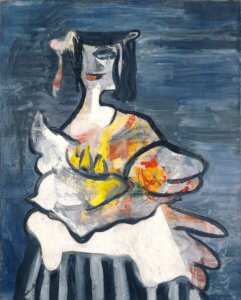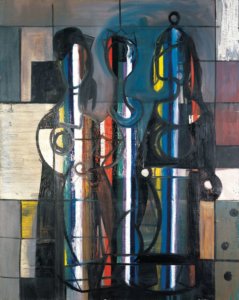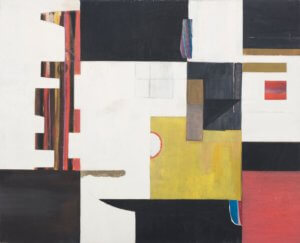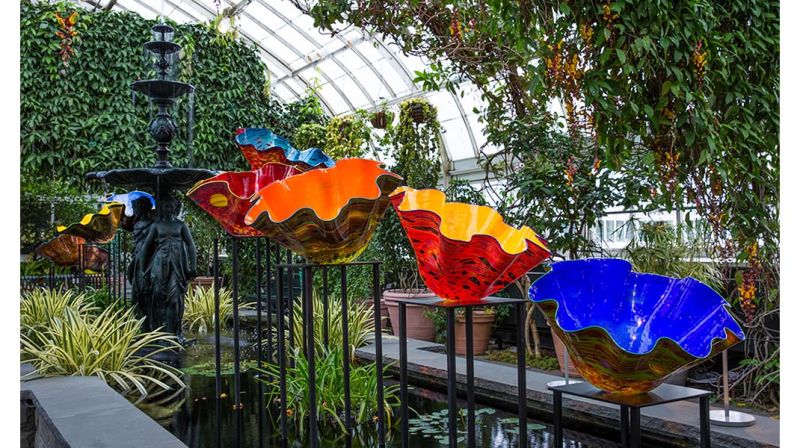Centennial Celebrations: Klimt and Rodin – An Artistic Encounter
A dialog between grand masters on grace, beauty and sensuality
The year 2017 is rich with the anniversaries. Centennial of the Russian Revolutions (March – November 1917), 150 years of the Alaska Purchase (March, 1867), 500 years since a publication of 95 Theses by Martin Luther that started the Protestant Reformation are just a few to mention. The art world is commemorating centenaries of two great admirers of female beauty, Auguste Rodin who lived until November 17, 1917 and Gustav Klimt, who died shortly after in February, 1918.
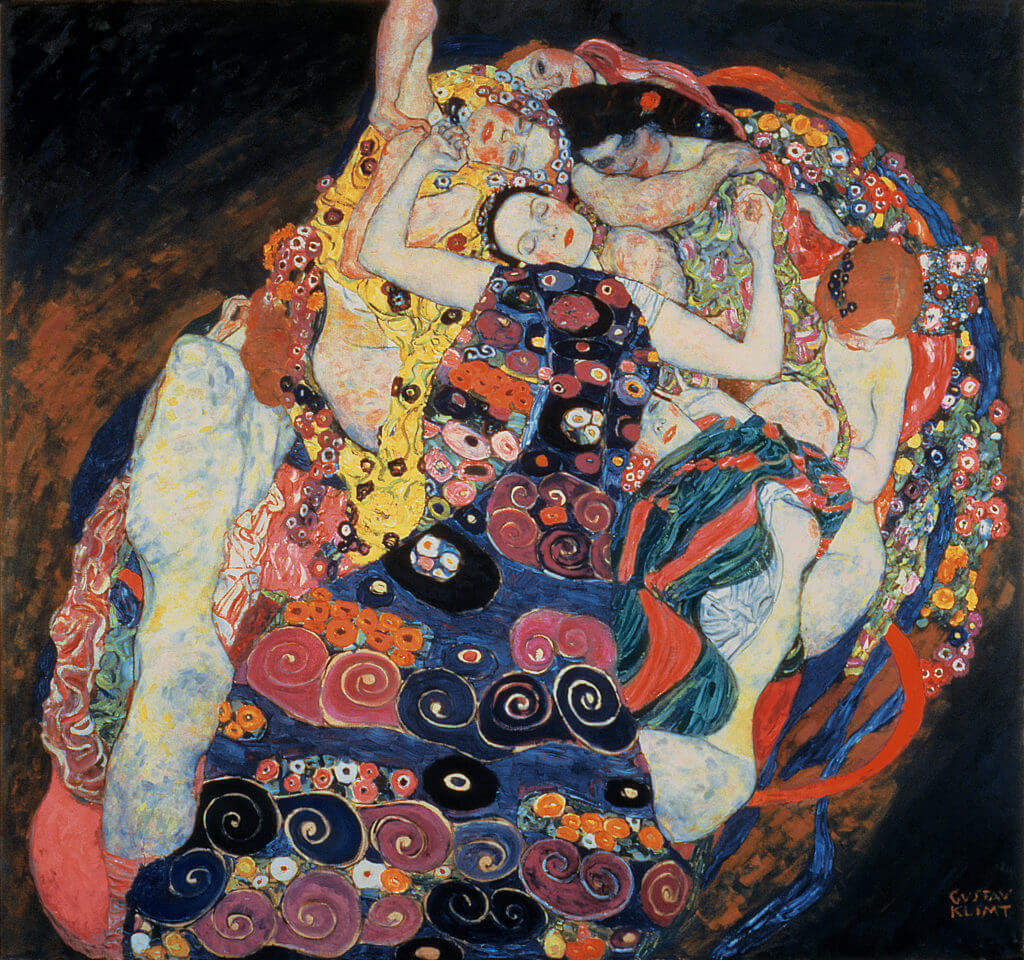
The Fine Arts Museum of San Francisco is mounting an exhibition Klimt & Rodin: An Artistic Encounter which will be on view in October 14, 2017 – January 28, 2018 to celebrate the centenaries of the grand masters. The show which will be held at the Legion of Honor is marking the first time the works of Klimt will be shown on the West Coast. The Legion of Honor had celebrated Rodin centenary with an installation which had officially ended in April of this year but the works had remained in place and will be jointed by the works of Klimt for an artistic dialog between the masters on their beloved and deeply explored topic of love, beauty and eroticism.
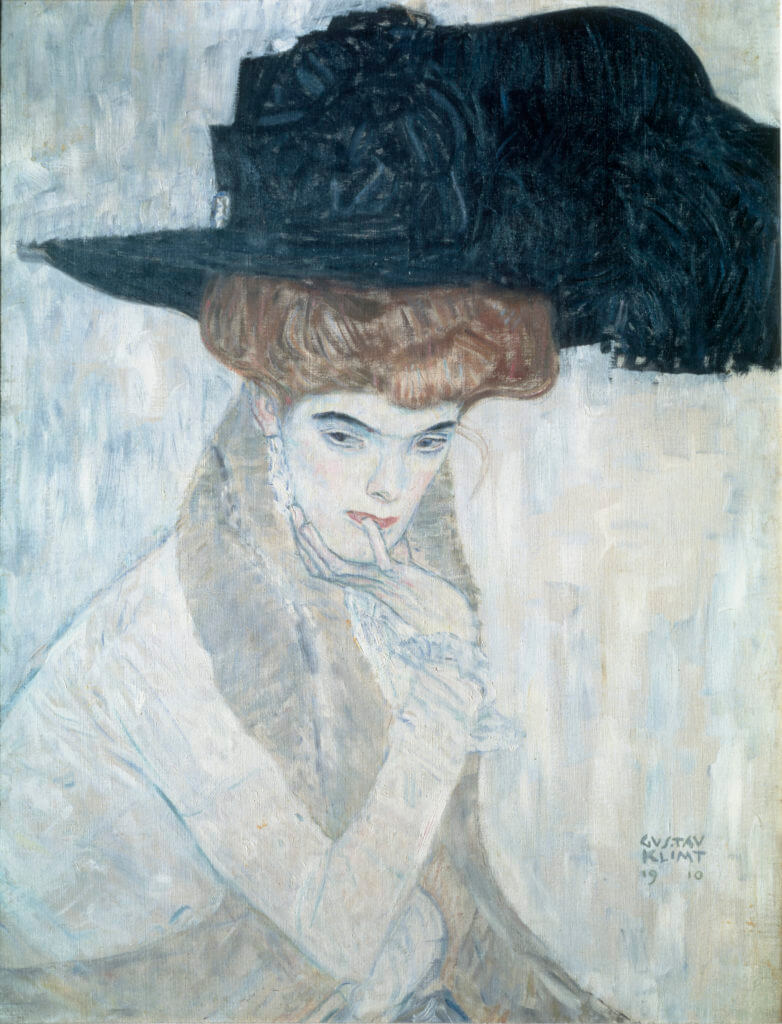
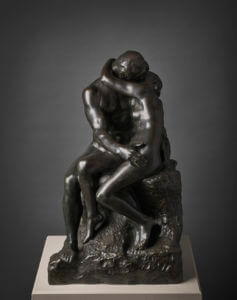
Auguste Rodin had only one in person meeting with Gustav Klimt when he traveled to Prague via Vienna in 1902. Rodin had accepted an invitation to visit an exhibition of Vienna Secession movement Beethoven Frieze by Klimt. The story of the encounter, as described by The Telegraph art critic, has a confession by Rodin that he had “never before experienced such an atmosphere – your tragic and magnificent Beethoven fresco, your unforgettable, temple-like exhibition, and now this garden, these women, this music.” In the words of art historian Berta Zuckerkandl, Klimt suggested that the reason for all of that is in one word: Austria. That insight had clearly worked for the Modernists and their circle in Vienna. The interplay between art, music and the beauties will be the main object of the exhibition in San Francisco.
If you are not planning to travel to San Francisco, you can still see all major works by Rodin at Rodin Museum in Philadelphia, PA . As for Klimt, Neue Galerie would be your fist stop to see modernists’ masterworks including Klimt’s. The Met has 2 paintings at Gallery 829 and several drawings which are not currently on view. There are also 2 paintings and several drawings at MoMA available to view online.
Venue: Legion of Honors, San Francisco, CA Time: October 14, 2017 – January 28, 2018
